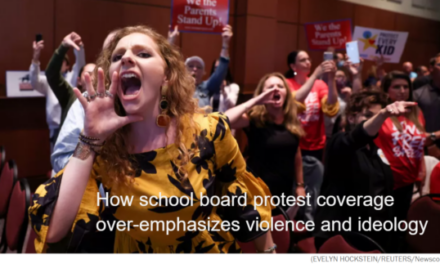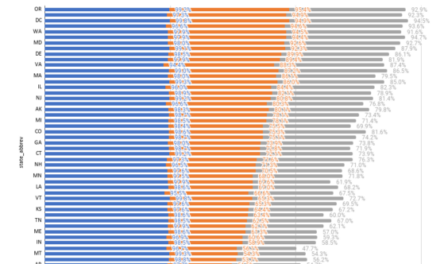I’ve borrowed the title of this column from a well-known article by the teacher/researcher Magdalene Lampert (1985), who has written often and eloquently about the complexities of everyday life in classrooms. Like many others who’ve published richly observed analyses of teaching practice, Lampert provides a compelling alternative to the story that most K-12 reformers like to tell about what goes on in schools and what it will take for schools to improve.
Time and again, prominent researchers and policy makers have pledged to bring tighter planning, greater efficiency, and more predictability to the messy world of public education. Decade after decade, leading reformers have been seduced by the notion that top-down, technocratic leadership can fix what ails our schools. Whatever the favored improvement strategy du jour — test-based accountability, scripted lessons, pacing guides, data-driven decision making, teacher performance incentives — the goal has been to bring the uncertainties of teaching and learning under control.
However, argues Lampert, researchers, policy makers, and administrators can impose only so much order on children and the adults who work with them. In reality, education is and always will be somewhat messy and unpredictable. We can try to standardize as much as we like, but the effectiveness of any given teaching practice will always have much to do with the local context, the particular students, and the particular teacher. Moreover, no matter how detailed the plans, teachers will still confront a myriad of unforeseen problems and intractable dilemmas: If you choose to praise one student, then another will feel neglected; if you teach the lesson too quickly for some children, you teach it too slowly for others; if you decide to extend a unit for an extra week, then you’ll have to cut the next unit short . . .
Rather than constantly seeking to routinize the work of teaching, says Lampert, researchers and policy makers should acknowledge that teachers constantly face all sorts of moral, intellectual, and practical dilemmas. The real question is what it takes for them to flourish in such a complex and uncertain environment. What sorts of personal and professional judgment does this work require? And what kinds of resources and supports will help teachers to do that work well?
If ever teachers needed help managing the impossible dilemmas of teaching, it is now. Forget pacing guides, lesson plans, principal walk-throughs, and other efforts to regulate and standardize instruction. As this school year gets underway, most teachers can’t even say for sure where they’ll be teaching next week or next month, or through what medium, or how many students will show up, or what traumas those students will have endured, or how far behind they will have fallen.
In ordinary times, teaching is a never-ending struggle to decide what to say and what not to say, when to push and when to back off, when to continue a lesson and when to move on. But how, in our present world, does one make such judgments? How does one read the body language, facial expressions, and social cues of children wearing masks and sitting six feet apart, or peering through laptop computers? There’s no guidebook for teaching in a pandemic. This will be a year of dizzying uncertainties, and teachers will need all the resources and supports we can give them.
Reference
Lampert, M. (1985). How do teachers manage to teach? Perspectives on problems in practice. Harvard Educational Review, 55 (2), 178-194.
ABOUT THE AUTHOR

Rafael Heller
Rafael Heller is the former editor-in-chief of Kappan magazine.










